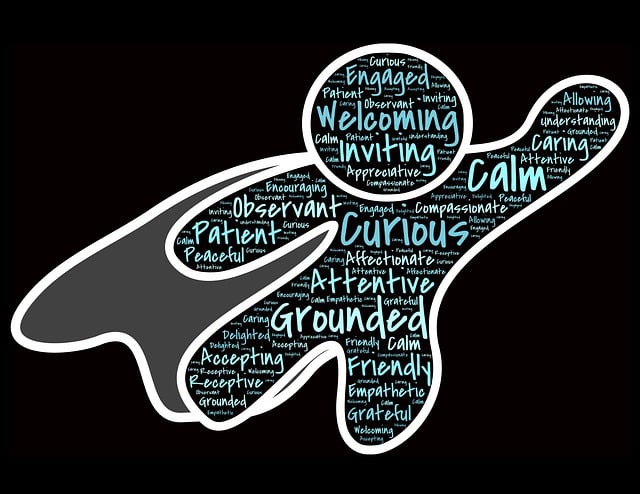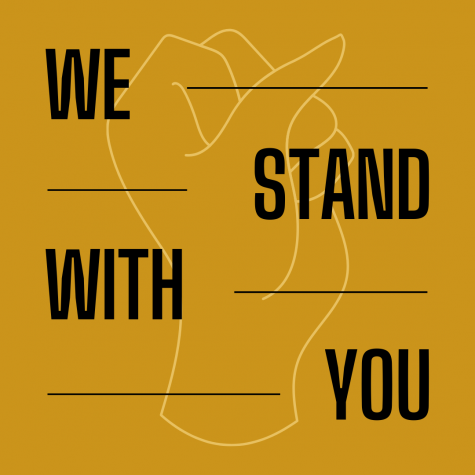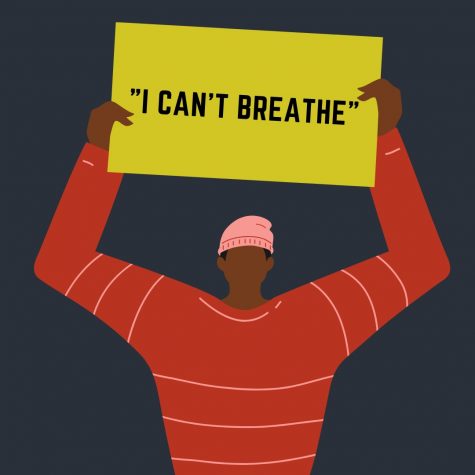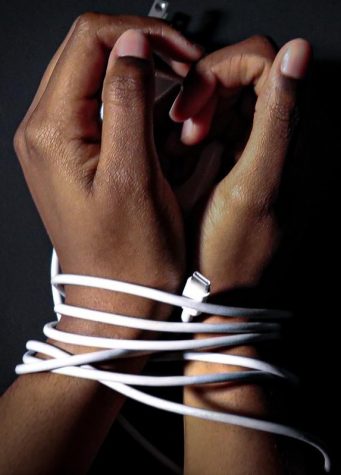What Happens When You Don’t “Trust the Process”
October 20, 2017
To uphold Hatter Network’s values of transparency in journalism, I would like to address an error in process that occurred last week.
It is our belief as a nonpartisan organization that the work of journalists starts where the truth begins. We sign up for the gig knowing that we are asked to sit down at the table, roll up our sleeves, and stare directly into the face of the Uncomfortable.
Our intent as an organization is to function as professionally as media brands like NPR, The New York Times, and The Washington Post. Our intent is to never “un-publish” a piece, the exception here being a safety concern. Unless a writer fears for their safety, we will keep content up through the criticism and Facebook comments, including those which are true though embarrassing.
Before I launch into the point, I would like to outline the existing editing process when Sam Hadelman’s article was posted to Facebook:
-
Staff pitch story ideas at our weekly meeting.
-
Editor-in-Chief picks the most relevant, interesting stories for the team to pursue.
-
Editor-in-Chief assigns stories to content creators (writers, designers, photographers).
-
Content creators compile the story by deadline.
-
Content creators upload the story in our Hatter Network Google Drive.
-
Content creators send Google drive link to one of our Managing Editors Veronica Faison and Brianna Lopez.
-
Either Veronica or Brianna reads and edits the story.
-
Content creators post final story to the website and link it to Hatter Network’s Facebook page.
We had an opinion piece lined up to publish on the first day of Fraternity Recruitment, a list of Rush Week “dos and don’ts”, reflective of one senior staff writer’s experience in a Stetson Greek organization.
Being the type of EIC that resembles an overbearing mother, I hovered over the story’s progress. The story was in the Drive, edited by Veronica, and ready for publishing. I even gave the writer a step-by-step uploading tutorial a few days prior, so why wasn’t the story up?
I am guilty to admit that my first thought was: laziness.
Last week, with a sigh of annoyance, I took matters into my own hands. Sam’s story was published by me to our website and Facebook page without a word to him about it.
He didn’t know the story was up until a friend complimented him on it. What I didn’t know was that our writer didn’t publish this story himself on purpose. It wasn’t (totally) laziness, but a reconsideration of the content. He meant to tell me, but it was too late. I didn’t follow #8 of our editing process.
Maybe you are thinking “Ok yeah, but so what? You’re the Editor-in-Chief.”
The thing is if a writer doesn’t publish their own work, whether intentionally or out of laziness, there should be a space for their intent to be clarified. It’s not the job of the Editor-in-Chief to micromanage the content, to “go over their head” on a piece.
This was a great learning moment for all of us budding journalists. In our debrief, we realized that we don’t have a comprehensive guidebook of policies and procedures. We don’t have digital publishing guidelines like NPR, with rules on article take-down requests.
For me, this was a lesson in learning to trust the staff, to “trust the process” both the editing and life’s.
Since then, we have changed #8 of the editing process: Managing editors post final story to the website and link it to Hatter Network’s Facebook page.
As journalists, we are aware that criticism comes with the territory. Journalism needs to welcome criticism to survive, to fulfill the promise of acting as a legitimate voice of the people. It knows this.
Since then, our writer has pitched an even more controversial idea. Stay tuned, readers.















